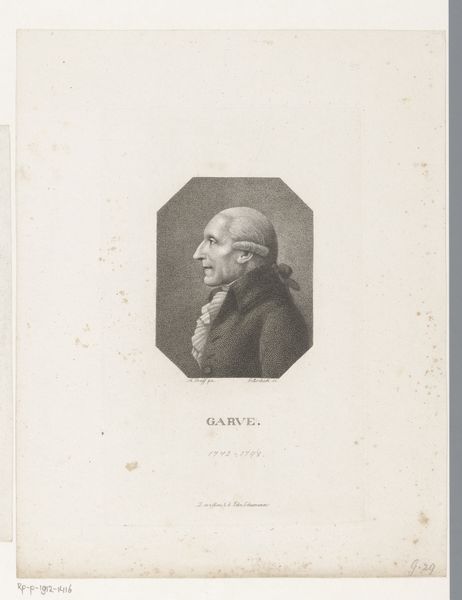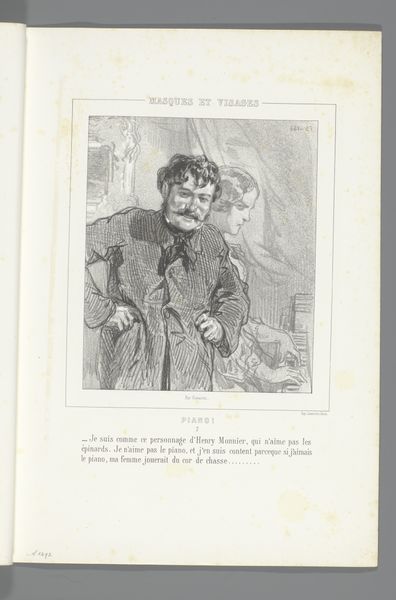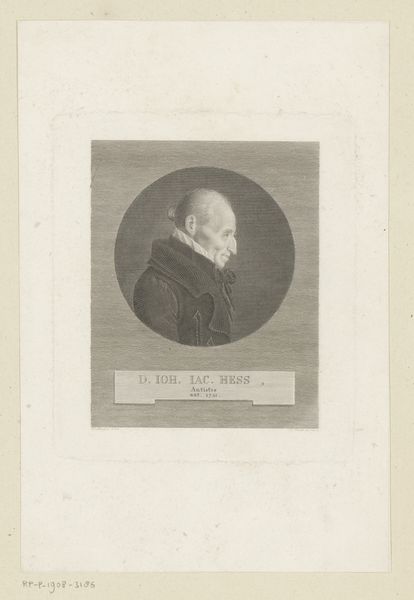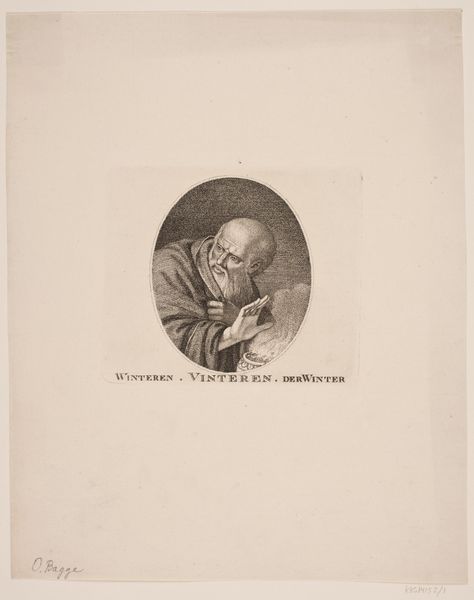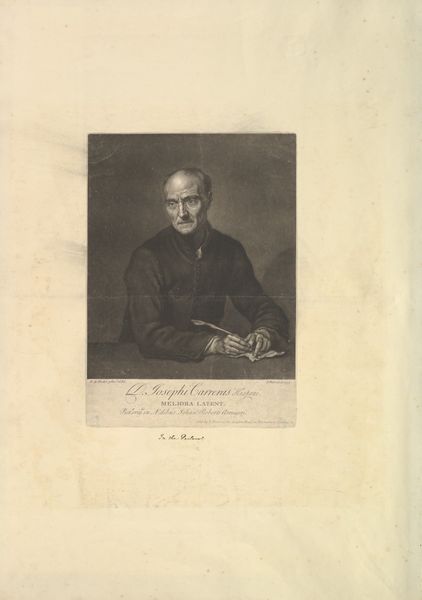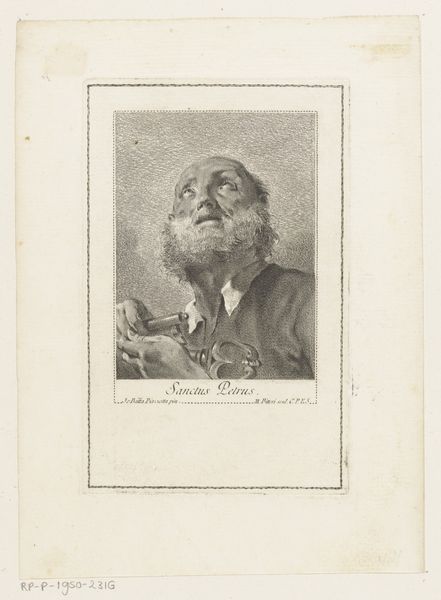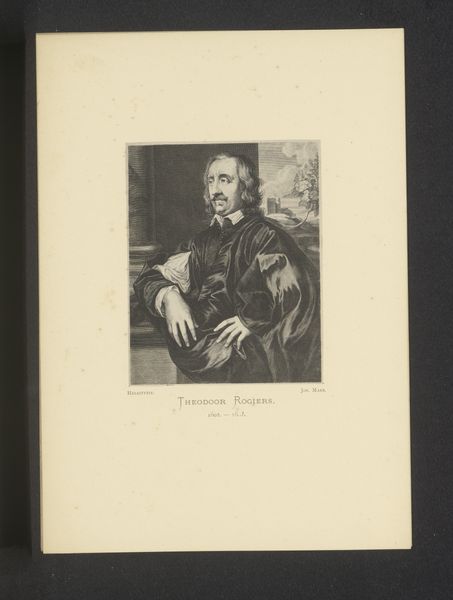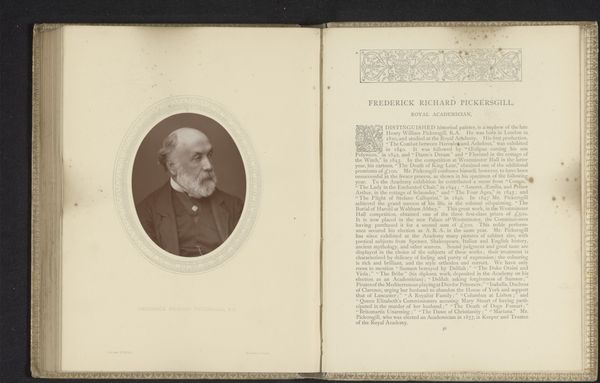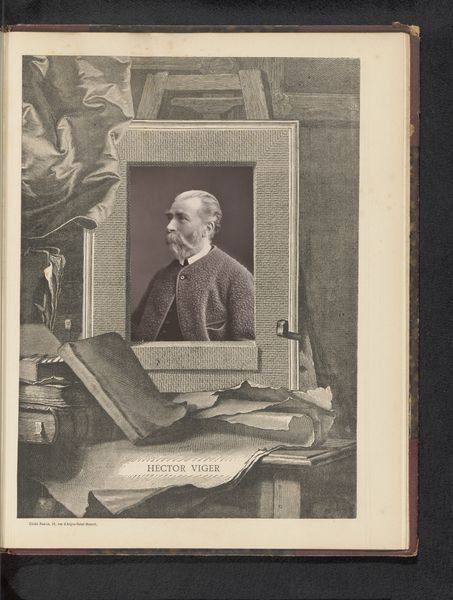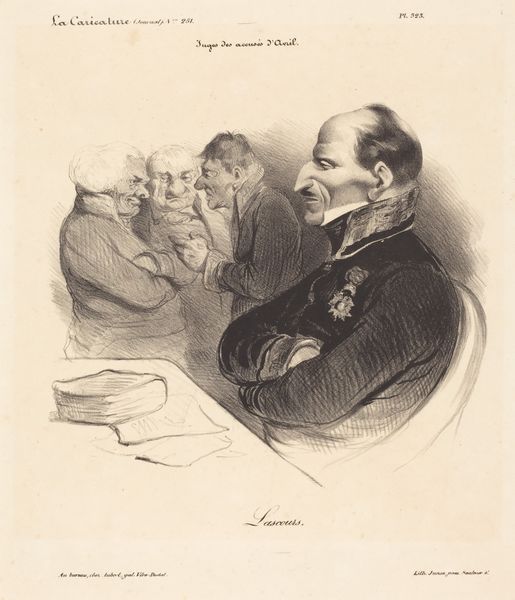
Dimensions: height 378 mm, width 275 mm
Copyright: Rijks Museum: Open Domain
This lithograph, by Paul Gavarni, captures a father listening to his daughter play piano, sometime in the mid-19th century. Lithography is a printmaking process that relies on the contrast between greasy and water-receptive areas on a stone or metal plate. The artist draws with a greasy crayon, then treats the plate so that ink adheres only to the drawn lines. The result is a dense network of marks, which Gavarni uses to great effect. Look at the father’s face – etched with concern, perhaps even pain. The material lends itself to caricature, and Gavarni doesn’t hold back. Notice the figures behind him, seemingly aghast. This wasn’t high art, exactly; lithographs were produced in multiples, for mass consumption in newspapers and magazines. But that’s precisely what makes them so interesting. They offer a window into the everyday lives and social dynamics of 19th-century France. Appreciating the material and the context in which it was made helps us to understand the full meaning of this compelling image.
Comments
No comments
Be the first to comment and join the conversation on the ultimate creative platform.

